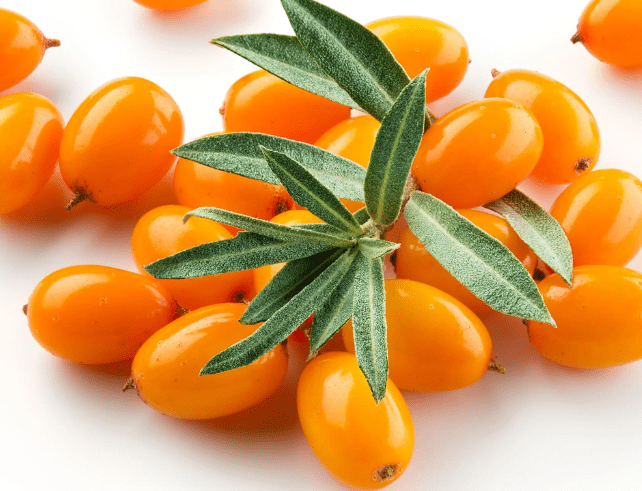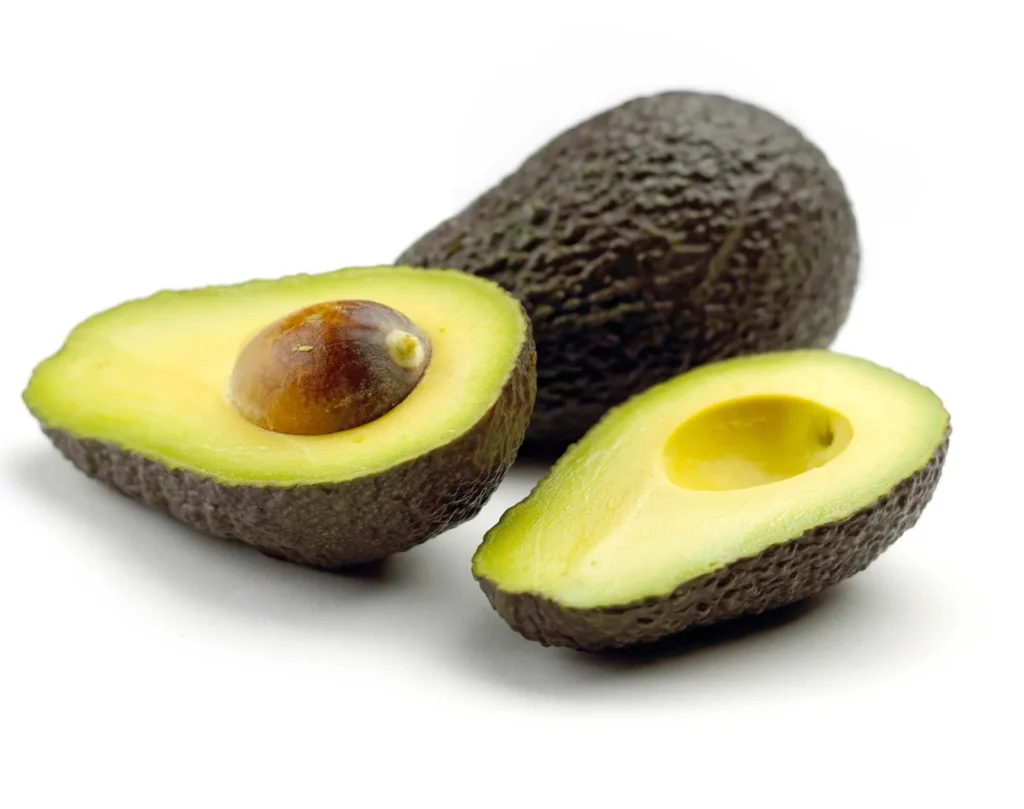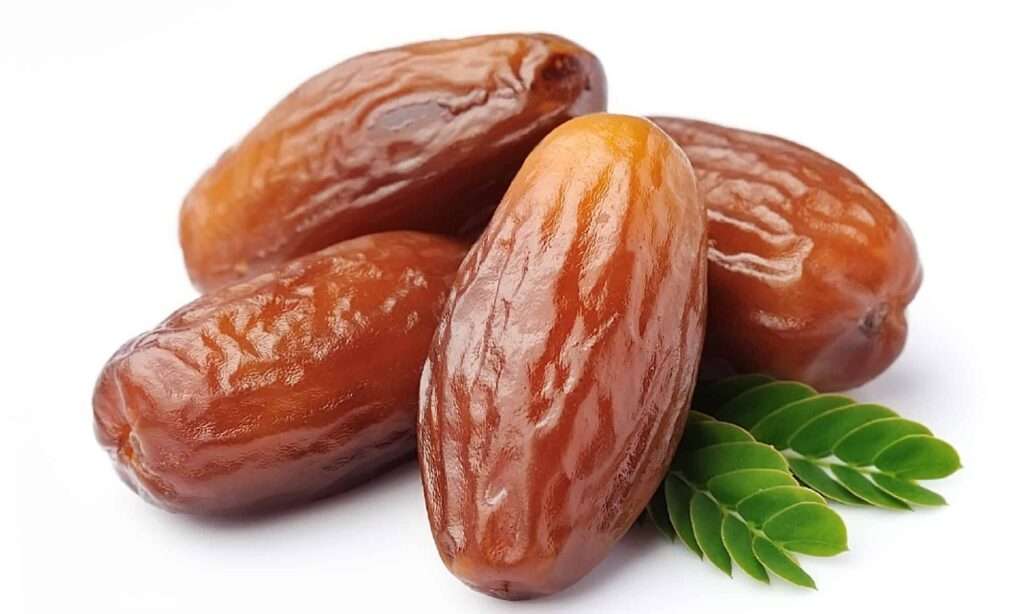
Description
Small fruits with an oblate to spherical shape and an average diameter of 6 to 9 millimetres, sea buckthorn berries form clusters along the plant’s branches. The skin of the fruit is delicate, thin, and easily ripped, punctured, and damaged.
Uses
Sea buckthorn berries have a tart, astringent, and acidic flavor that works well in both raw and cooked dishes. Although the berries can be eaten raw, their sour flavor is usually overpowering on its own. To make the berries more appetizing, they are typically blended with sweeter fruit juices or other sweeteners. The juice, seeds, and pulp of sea buckthorn berries are often collected, divided, and strained for use in cooking after being removed from the branches and placed in a bin.

Nutrition
Vitamins A, E, K, and C are all found in sea buckthorn, which supports healthy organ function, speeds up wound healing, protects cells from free radical damage, and helps the immune system by boosting white blood cell production while lowering inflammation. Other nutrients in the berries include zinc, magnesium, niacin, boron, omega-7 fatty acids, and B vitamins, as well as calcium and phosphorus for healthy bones and teeth and potassium to maintain fluid balance in the body.
Cultivation
Sea buckthorn prefers moist, not dry, environments, and thrives best in regions with 16 to 24 inches of annual precipitation. The best growth happens in sandy loam soil that is deep, well-drained, and high in organic matter. Even in extremely poor soil, sea buckthorn can be planted. These conditions include riverbanks, steep slopes, and acidic and alkaline soils. Additionally salt tolerant is sea buckthorn.
Table





